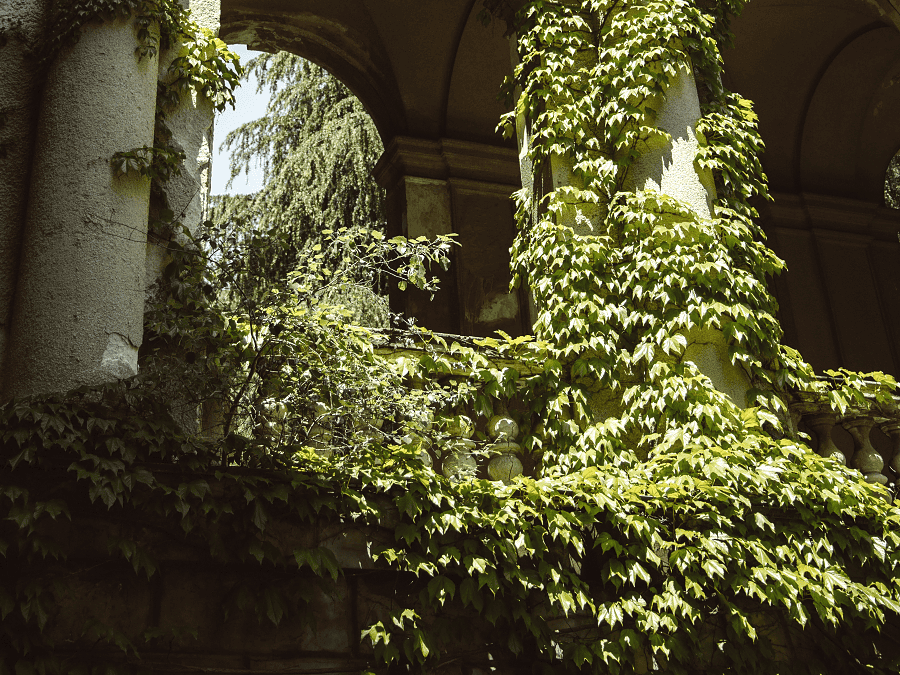How to Reclaim Your Property After Japanese Knotweed Infestation
How to Reclaim Your Property After Japanese Knotweed Infestation. This plant can be incredibly destructive, causing damage to foundations, walls, and other structures on your property. The problem is that Japanese Knotweed is notoriously tricky to remove, which can lead to a significant amount of frustration for homeowners. Suppose you’re dealing with a Japanese Knotweed infestation. It is essential to know how to reclaim and restore your property to its former state. This article will cover tips and strategies for removing Japanese Knotweed and reclaiming your property.
What is Japanese Knotweed?
Japanese knotweed is an invasive plant species introduced to the UK in the mid-19th century. It is incredibly fast-growing, with the ability to grow up to 10cm per day during the warm summer months. Japanese Knotweed can grow to a height of up to 3m and is known for its distinctive bamboo-like stems, heart-shaped leaves, and small white flowers. The plant can be found in many parts of the UK and is especially common in urban areas.
Why is Japanese Knotweed a problem?
Japanese Knotweed is considered a problem because of its aggressive growth habits and ability to damage buildings and other structures. The plant has a pervasive root system that can penetrate deep into the ground and damage foundations, walls, and other structures. It can also block drainage systems and cause flooding, further damaging your property.
How to identify Japanese Knotweed?
Identifying Japanese Knotweed can be tricky, especially during the winter months when the plant dies back. However, due to its distinctive features, the plant is easy to locate during summer. Look for:
- Bamboo-like stems that are green or reddish-brown.
- Heart-shaped leaves that are arranged in a zigzag pattern along the stem.
- Small white flowers that bloom in late summer or early autumn.
If you’re unsure whether you have Japanese Knotweed on your property, you can contact a professional to come and assess the situation.
How to remove Japanese Knotweed?
Removing Japanese Knotweed is a complex and time-consuming process that should not be undertaken lightly. Here are some tips for eliminating Japanese Knotweed:
- Hire a professional: Japanese Knotweed is a notoriously difficult plant to remove, and attempting to do so yourself can often make the problem worse. Hiring a professional experienced in Japanese Knotweed is usually the best approach.
- Chemical treatment: Chemical treatments are one of the most effective ways to remove Japanese knotweed. Glyphosate-based herbicides are often used to kill the plant, but this process can take several years.
- Physical removal: Another option is to remove the plant physically. This involves digging up the plant and removing all traces of the root system. This can be a very time-consuming process, and care must be taken to ensure that all traces of the plant are removed.
- Combine methods: To effectively remove Japanese knotweed, chemical treatment and physical removal may be necessary.
How do you reclaim your property after the Japanese Knotweed infestation?
Once you have successfully removed Japanese Knotweed from your property, the next step is reclaiming and restoring it to its former state. Here are some tips for doing so:
- Assess the damage: The first step is to assess the damage caused by the Japanese Knotweed. This may involve inspecting your property for any signs of damage to walls, foundations, or other structures.
- Repair any damage: Once you’ve identified any damage caused by the Japanese Knotweed, you should take steps to repair it. This may involve hiring a professional
